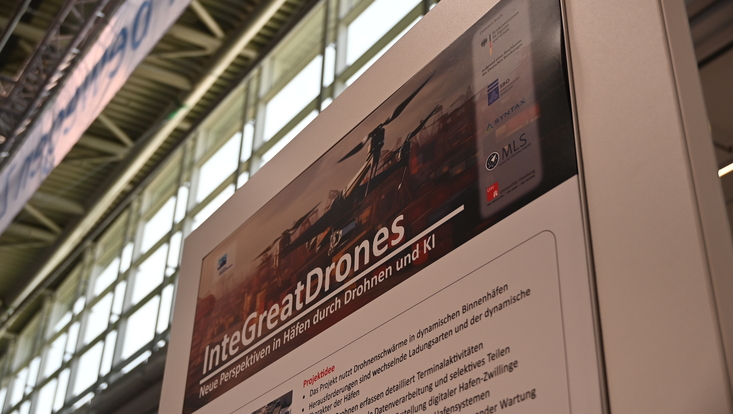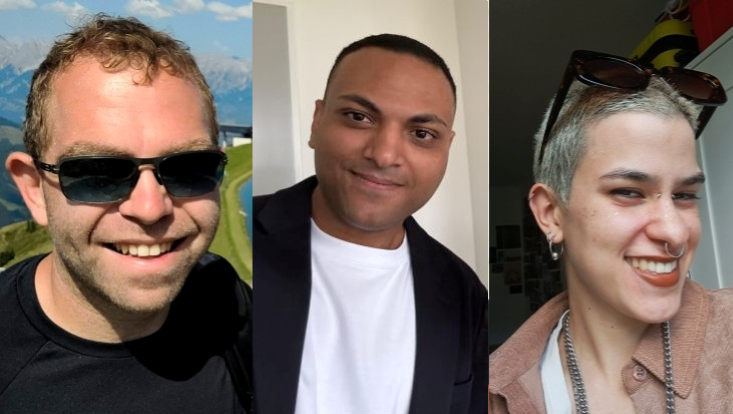End of the master project 23/24
8 March 2024, by Oliver Kafke
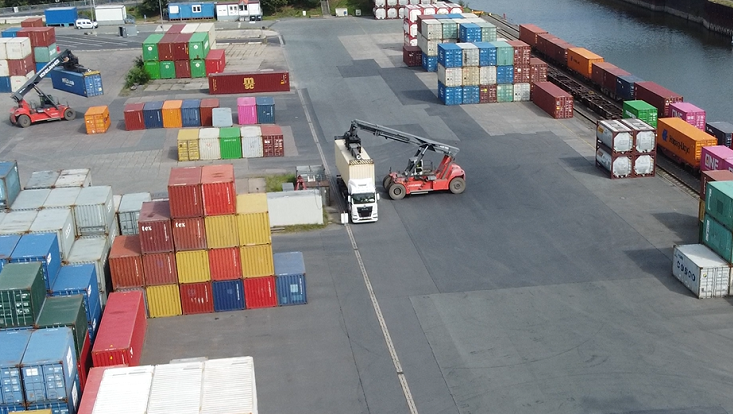
Photo: Janick Edinger
This week marks the end of a one-year journey: the last presentations of our course "DeepMining & Smart Ports" have been held. Let's recapitulate this exciting voyage.
Together with the master’s thesis, the master project is a large and essential part of the informatics curriculum at the UHH. Here, students have the chance to participate in cutting-edge research while making lots of practical experiences. Work takes place in teams of 4–6 people in an agile manner based on weekly meetings, discussions and a seminar with presentations. This year we lead three teams, with three topics, two of which part of our current research project: InteGreatDrones.
Smart Ports: Image processing models
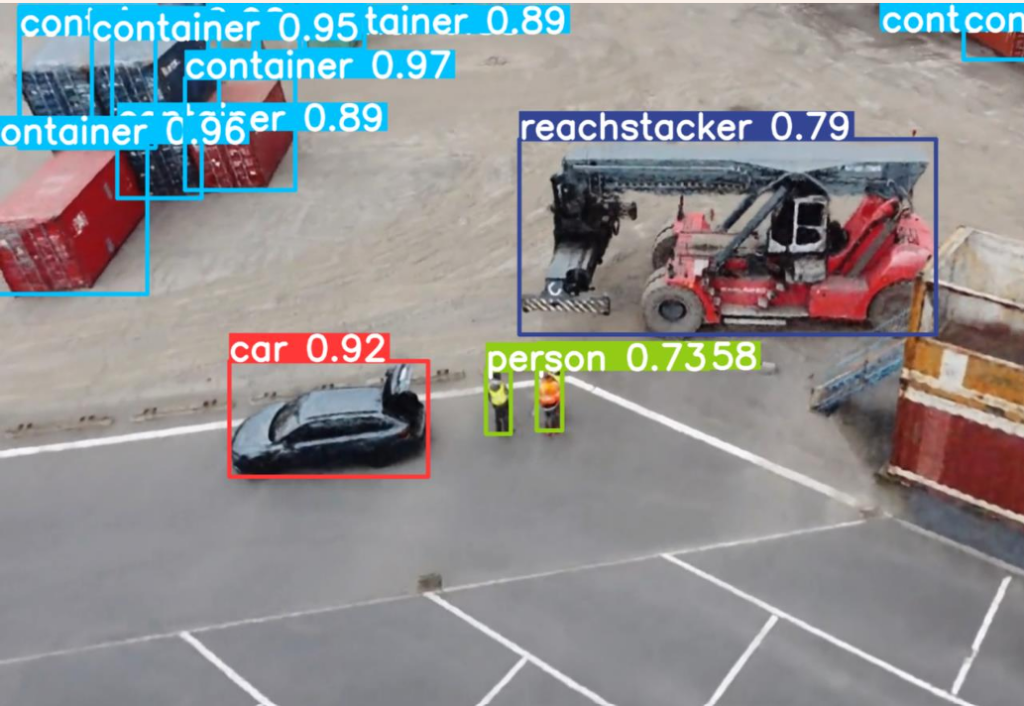
With InteGreatDrones we are researching how we can leverage "UAVs" (drones) swarm to optimize processes in inland ports. One goal is to utilize an autonomous drone fleet to capture image data of the port, allowing us to build a digital twin. The first group of the master project was tasked with creating a solution that finds objects such as containers, trucks or the reach stacker in the drones video feed and pinpoints their position. Also, optical character recognition was deployed to read the text on containers, enabling us to track the location of every container inside the port.
Smart Ports: Digital Twin
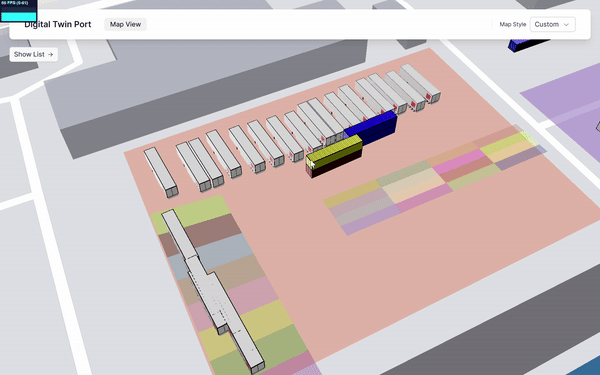
Our second group developed our digital twin as a web app, using mapbox and other javascript frameworks. Via an API we can take the data produced by the first group and visualize it inside a browser. Containers can be searched and information about them can be displayed in real time. Now it is impossible to lose another container and route planning becomes easy for the ground personnel.
DeepMining

The last group of our project took us into an entirely different direction: down, deep under the earth, into the world of mines. Sensors in mines produce lots of data. However, acquiring that data is a big issue: mines are very hazardous environments. Wired communication is prone to damage, expensive and needs constant maintenance due to the ever-changing and extending nature of mines. On the other hand, wireless communication becomes unreliable and short-ranged underground. The third group investigated delay-tolerant networks (DTNs), loosely connected networks that are resilient against errors, built and tested a framework that allows them to deploy such networks in mines and developed their own DTN protocol.

